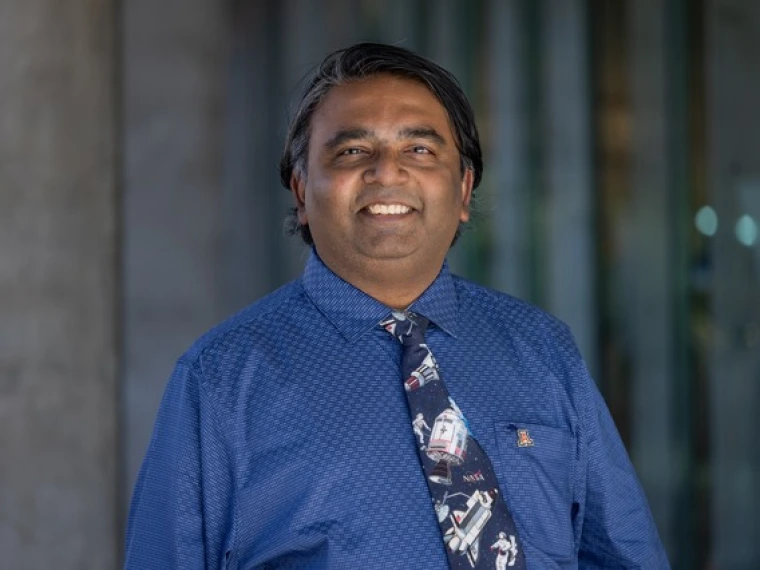Jekan Thanga, PhD
Associate Professor Aerospace and Mechanical Engineering, College of Engineering
Head of SpaceTREx Laboratory
Building the Lunar Ark
About 75,000 years ago, the Toba supervolcanic eruption nearly wiped out Homo sapiens sapiens. More recently, tens of millions died in Europe during the bubonic plague. And stockpiles of nuclear weapons around the globe are sufficient to destroy Earth several times over. Advancements in cryogenics — the instantaneous freezing of individual plant, animal and fungi cells — have already enabled the transportation of mice sperm and eggs to the International Space Station for a three-year trip before coming back to Earth. Could cryogenics facilitate a “backup” of Earth’s biodiversity that we could store safely in lava tubes on the Moon and retrieve in the event of extinction or catastrophe — or even use to start settlements off-world?


